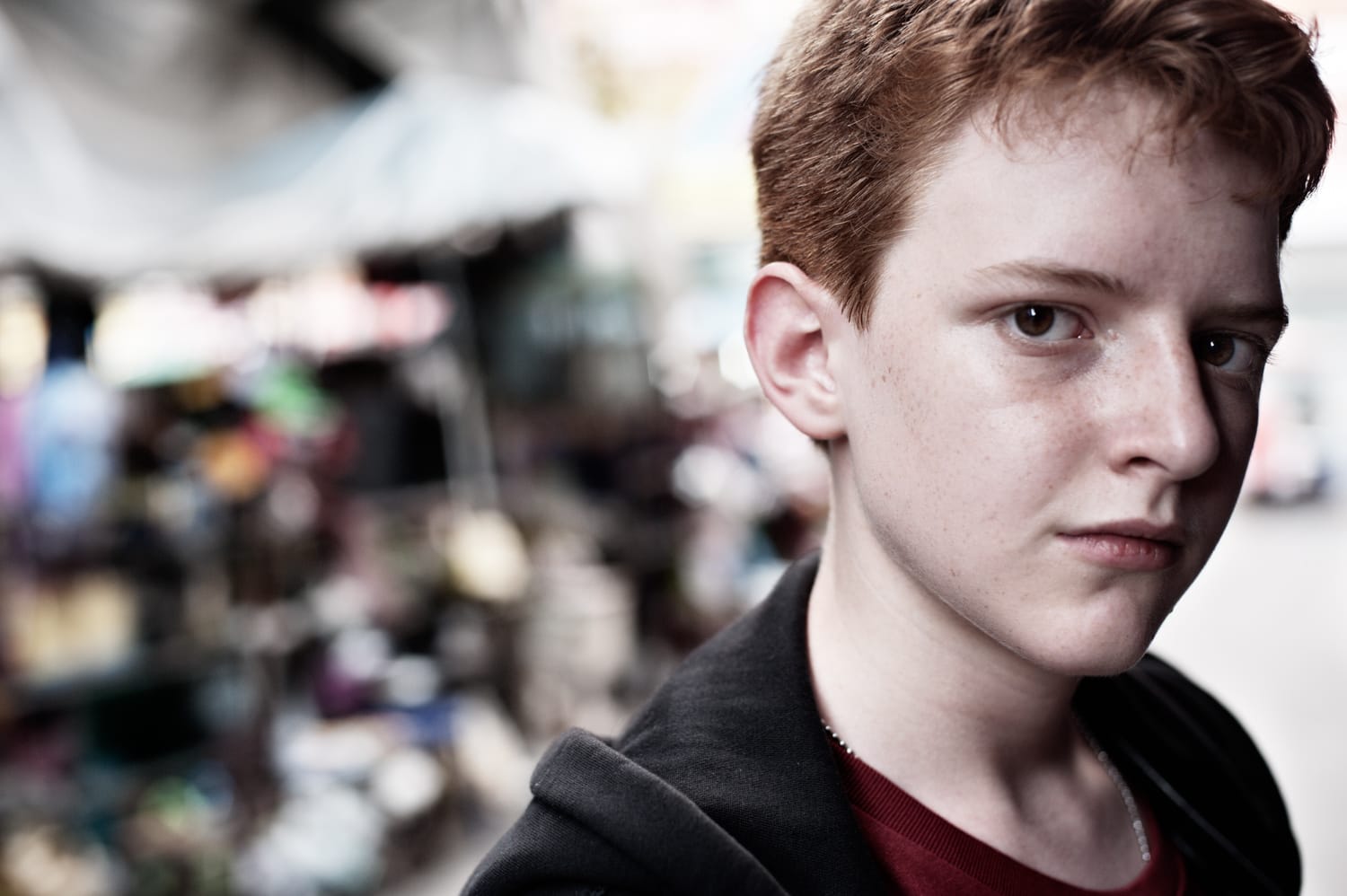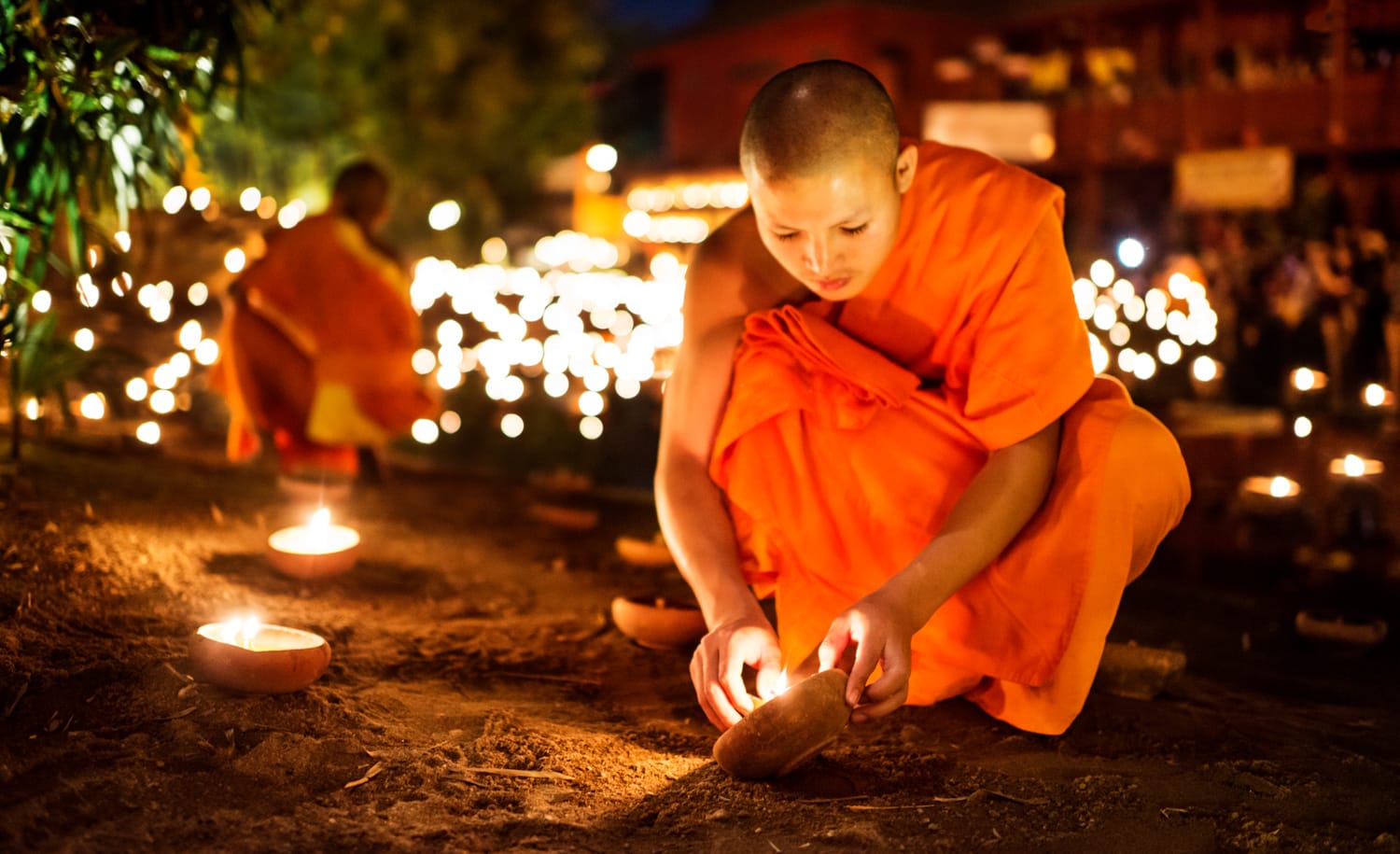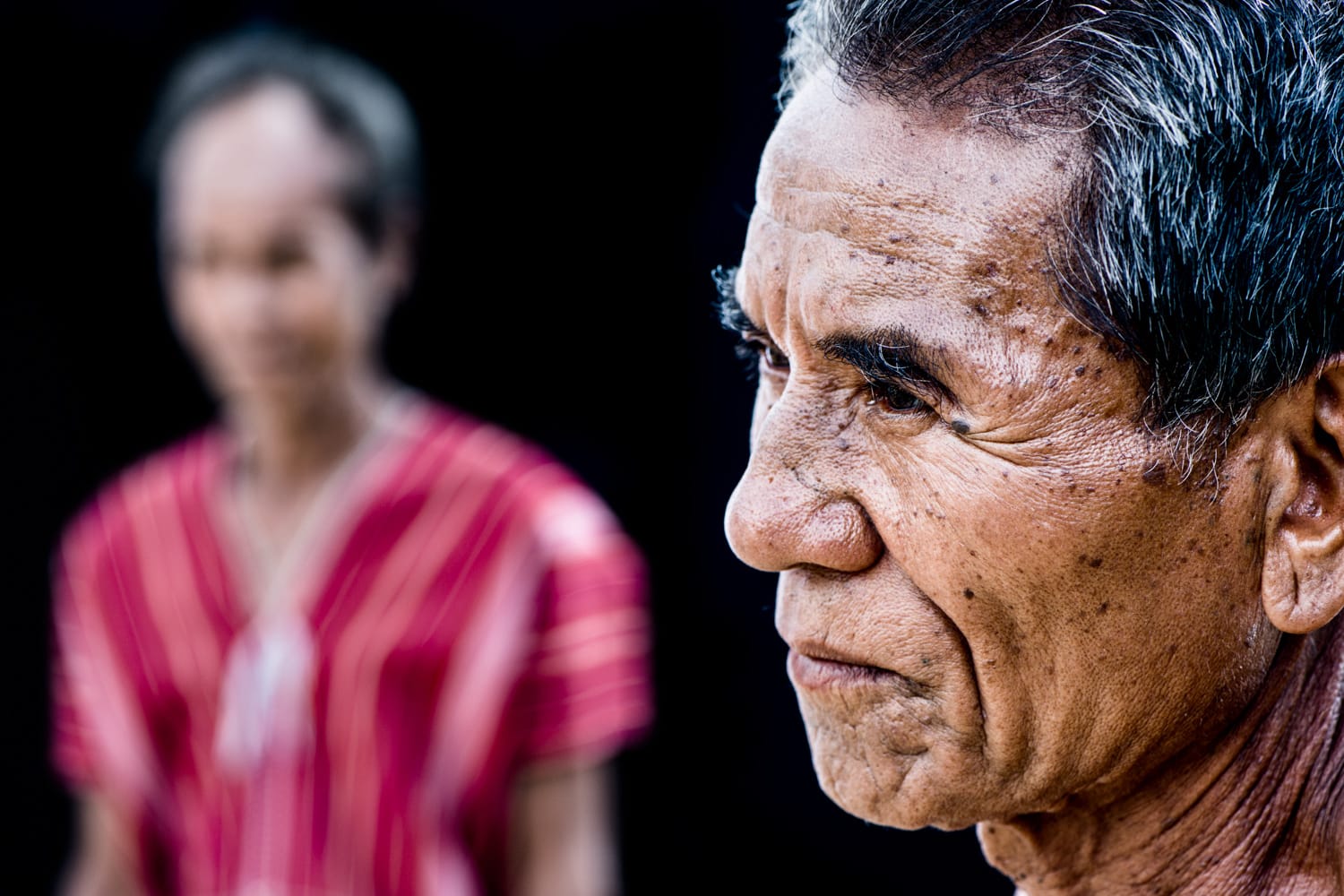The One Composition Rule You Should Use for Every Photo: Fill the Frame
Composition is one of the most important creative aspects of photography. The rules of composition get debated often. But the one rule you should use for every photograph is seldom emphasized.

© Kevin Landwer-Johan
Fill the Frame
What’s inside the four edges of your frame? This is your primary consideration when composing a picture.
Whatever is visible becomes part of the visual story you’re creating when you press the shutter release. The more relevant the elements within your frame are, the more compelling images you will make.
Look at what’s there, and look at what is outside the field of view. Are you seeing enough, too much or too little? Is attention being drawn away from your main subject? Distractions can be irrelevant elements, bright lights or contrasting colors in the background.
What you exclude from your photos is just as important as what you keep within your frame. By eliminating unwanted stuff from your composition you will make it stronger.

© Kevin Landwer-Johan
Only Include What You Really Want In Your Photos
First you must decide what your main subject is. This is the first step in the process of taking a photograph. Then you have choices to make about what else you want to include in your composition. Once you’ve considered these things there are various techniques you can employ to compose the image the way you want it to look.
What Lens To Use?
The right choice of lens will allow you to control your field of view and how sharp or blurred you can make the background. A wide-angle lens will incorporate more of the background. Using a longer lens will mean you can isolate your subject without difficulty. This is so because a longer lens limits the field of view and makes it easier to blur the background.
Limiting what can be seen within your frame allows you to have more control in eliminating distracting elements. By zooming in to your subject you can often fill your whole frame without anything else in view.
You may choose to include more than only your main subject in your composition. With a longer lens you can use a wide aperture and have some control over how the background looks. This works best when your subject is not too close to the background. The longer your focal length, the easier it is to make your background look blurred.
Getting in close to your subject with a medium or wide-angle lens and using a very wide aperture can give you a similar amount of control. You can incorporate more of the background, yet blur it out so it is not distracting, as I have done in this image.

This photo was taken with a 50mm lens on a full-frame camera. The aperture setting was f/2.8 · © Kevin Landwer-Johan
This technique often results in a fair amount of negative, or empty, space in your photos. Space with nothing in it can be used well to make a composition stronger. Think about this and decide how much space you will leave and where it is in relationship to your main subject. Blank space can help to fill your frame.
Where To Stand?
David Hurn, an English photographer who was a long-time member of the Magnum collective, said that in photography there are just two controls: where you stand and when you press the button.
With this statement he was breaking photography teaching down to the very basics. Hurn himself was a photography teacher for many years.
Where you stand dictates what you will see through your lens. If you stand on one side of your subject you will see it differently than you see it from the other side. Not only will the subject appear differently, so will the background and the lighting.

© Kevin Landwer-Johan
Even slight changes in where you stand and where your camera is positioned have a significant impact. What you see within the four edges of your frame changes each time you move your camera.
We see life in three dimensions. The photographs we take are all two dimensional. Learning to see the way your camera sees will help you understand composition. Think the same way your photo will look. Flat. To help you do this without looking through a lens or at a monitor, close one eye.
Look at the relationship between the elements you are framing. How does your main subject relate to the other things in your composition? If you move a little to your left or right, what happens to that relationship? Move your camera up or down, still pointing at your subject, and observe how the relationship between things changes.
Never only photograph something from the first position you think of. Take a few photos and then look for another angle. Think about how you can frame your subject better to include only what is truly relevant to it within your frame. You might not see the best angle when you first decide to take a photo.
Think about what you can include and what you can exclude from your composition as you change where you stand. David Hurn says knowing the best place to stand only comes from experience. If you don’t experiment with standing in different spots your experience is limited.
How can you eliminate unwanted elements which are a distraction? Think about this as you move your feet and your camera. A step to the left or to the right may allow you to crop out a bright light or ugly plastic chair. By moving a little you may be able to avoid seeing two people having a conversation behind the person you’re photographing as your main subject.

© Kevin Landwer-Johan
Can You Remove the Distraction?
Don’t hesitate to remove anything you can from within your composition which is not adding meaning to it. I will often pick up trash from the ground or move a plastic chair out of frame. (I don’t like photographing plastic chairs. Plastic bags are also a curse on photographers.)
Having ultimate control is photographing products or still life in a studio. Here you can include and exclude what you like from every photo you take. But life is not always this convenient. There will be many times you can’t move anything. But, when you can, do it.
Take out the things which distract and draw attention away from your main subject. Walk over and turn off the bright light or move the red umbrella when these things intrude on your scene.

© Kevin Landwer-Johan
Most Importantly, Be Observant
Be constantly aware of what’s in your frame. If there’s movement, what’s changing? Is it helping or hindering your composition?
Look at what you can see and decide if it’s relevant to the photo you want to take. When you identify elements within your composition which are not helping, do something about them.
If you’re only concentrating on your main subject you may not see distractions until you look at your photo later. Then it’s too late, (unless you like cloning things out during post-processing.)

© Kevin Landwer-Johan
Don’t Rely On The Rules
Composition rules are important. They do help improve the quality of your photographs when you apply them well. But don’t rely on them.
Edward Weston said:
Now to consult the rules of composition before making a picture is a little like consulting the law of gravity before going for a walk.
The more you know and understand the rules, the better you will be able to apply them. Reaching a point when you apply them without consciously thinking about them is when you will be at your most creative.
You may use the rule of thirds or strong leading lines or any other composition rule well. But, if your composition contains distractions your photograph will be weak. This is why it is most important to fill your frame. Being aware of what you include and exclude will result in photos which have much more impact.
